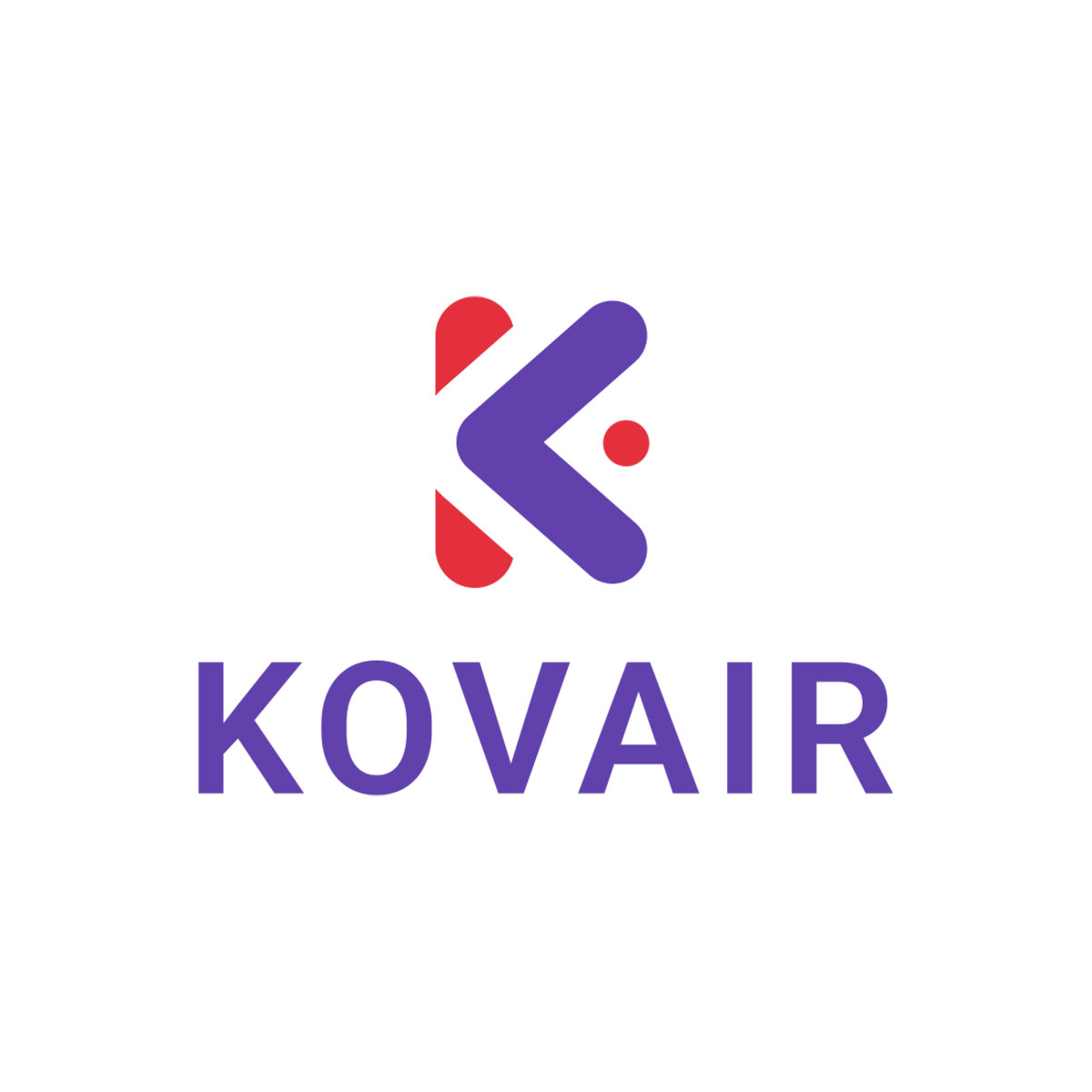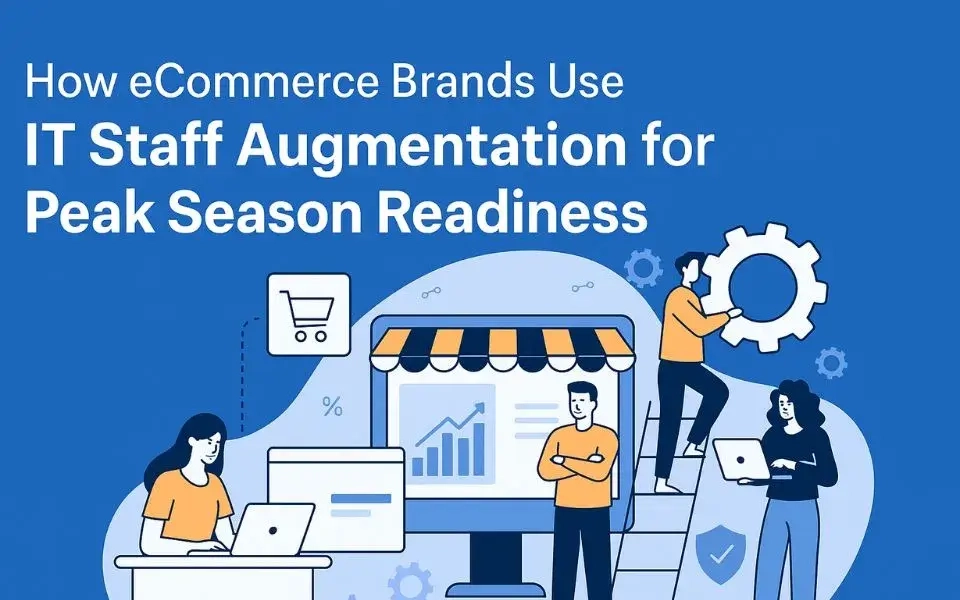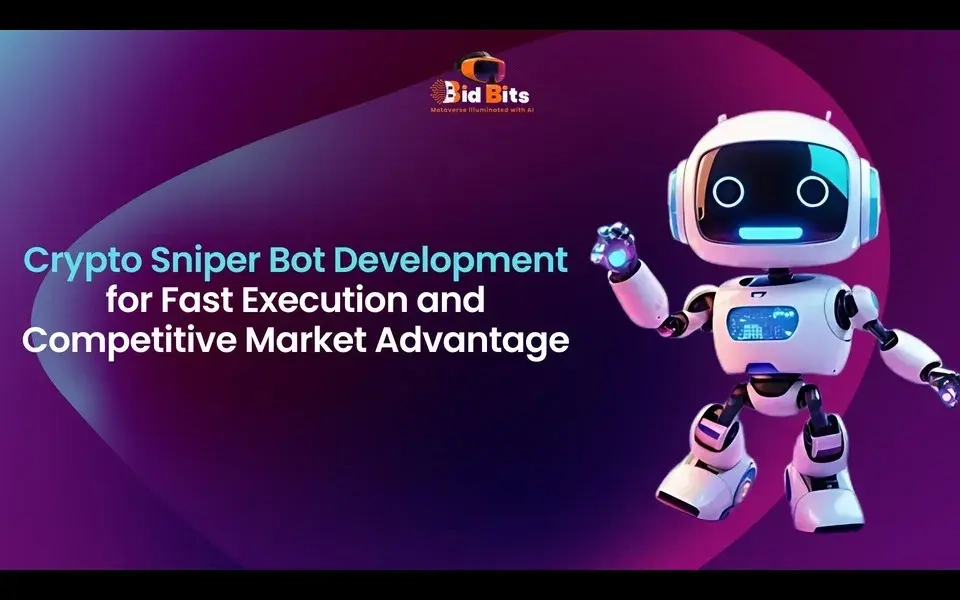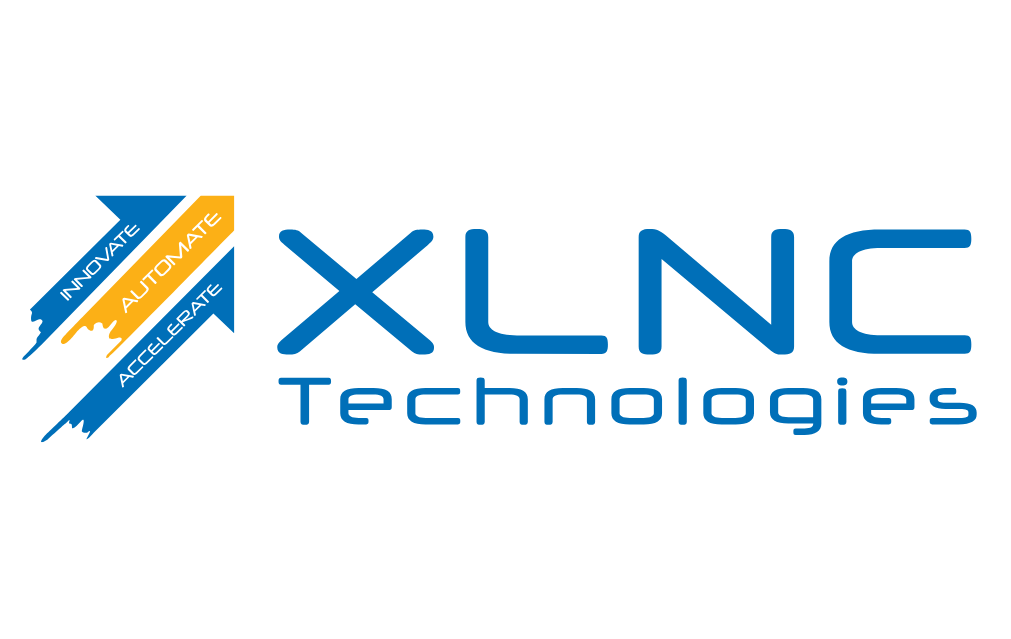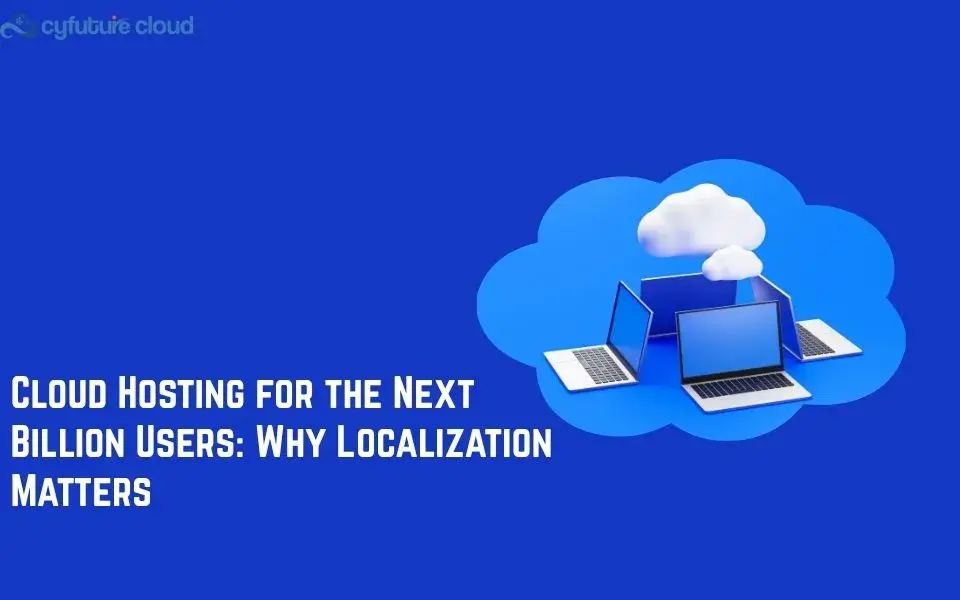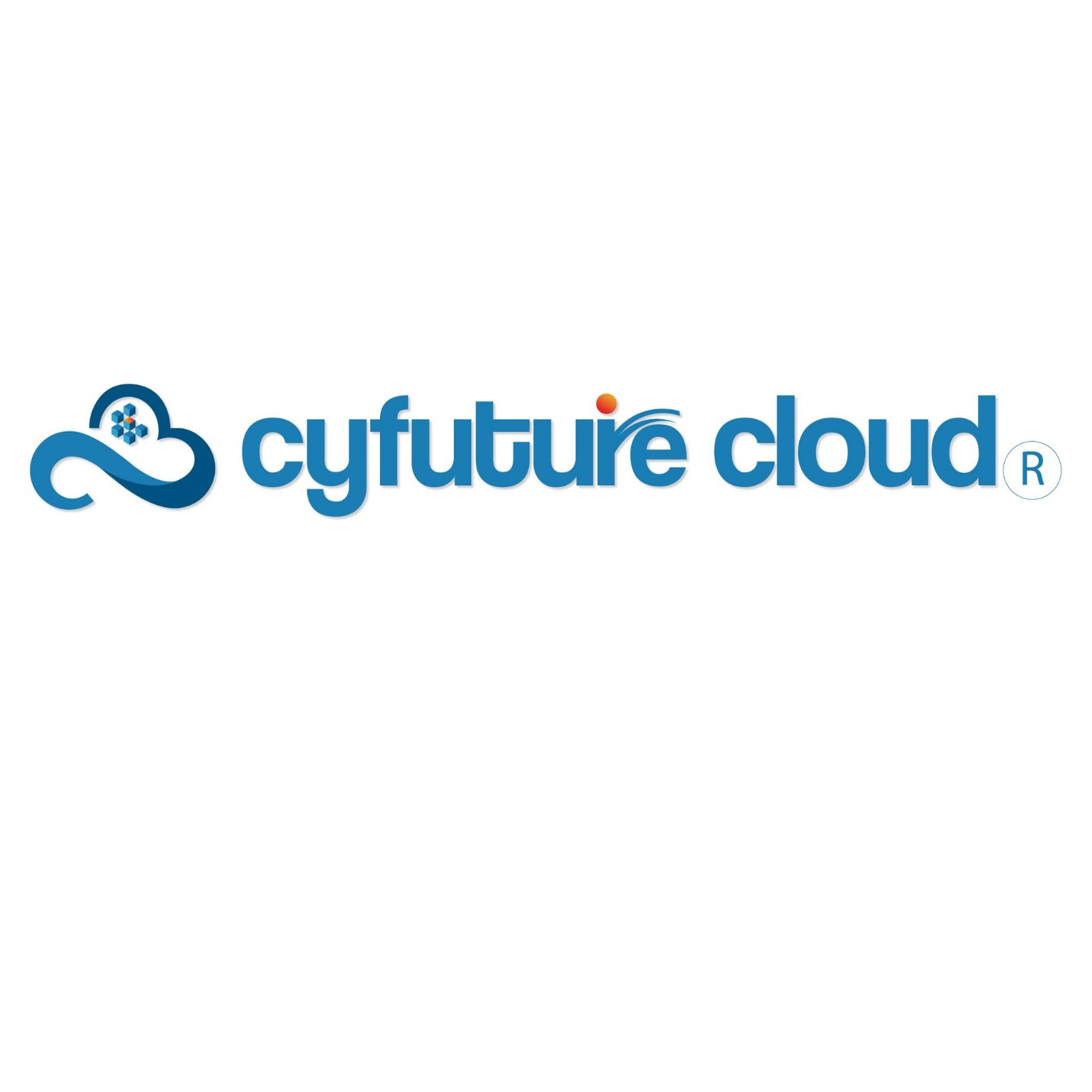Businesses are increasingly looking to cloud computing as a disruptive answer for their IT infrastructure in today’s digital world.
The transition from traditional physical infrastructure to the cloud environment is one key change that has gained popularity in recent years. This migration of digital assets has changed the game for organizations, providing a host of advantages that go far beyond simple cost reductions.
Organizations will obtain benefits from migrating from traditional infrastructure to the cloud environment, including increased scalability, reduced cost, and increased flexibility.
Before you start the cloud migration process, your top objective should be to make your existing application, infrastructure, and data layers more observable. This is because data observability gives you performance, consumption, and cost baselines that can guide all of your cloud migration decisions.
What is Cloud Migration?
Moving digital assets, for example, data, applications, and IT systems, from physical infrastructure or local servers to the cloud is known as cloud data migration. It involves migrating data to a cloud-based infrastructure.
Scalability, adaptability, lower costs, higher efficiency, and improved accessibility are all advantages of cloud migration.
By moving to the cloud, organizations can use a cloud provider’s infrastructure and resources instead of sustaining and handling their physical infrastructures.
Cloud Data Migration strategies
Cloud migration is a difficult process that demands careful preparation, organization, and experience. However, when implemented properly, it can bring enormous benefits to organizations by capturing the benefits of cloud computing.
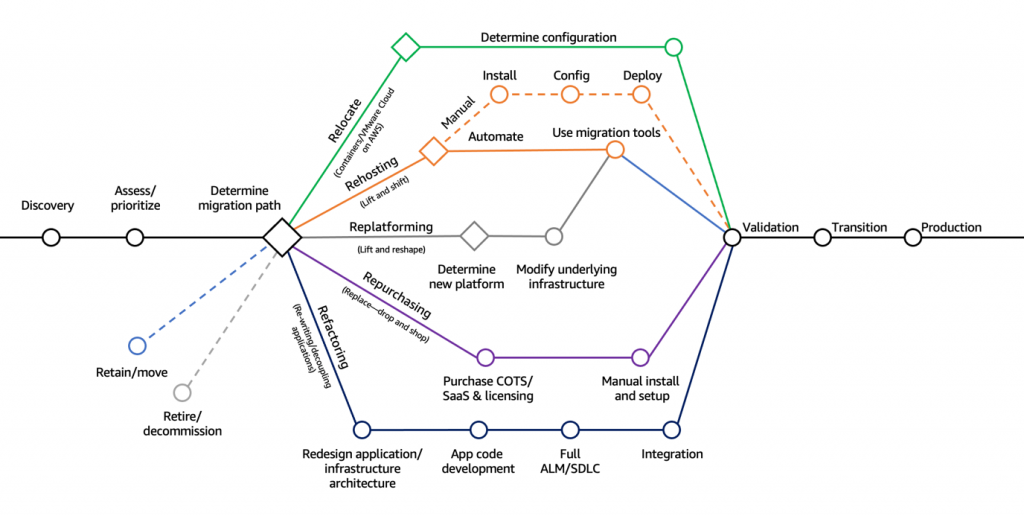
Rehost
Rehosting, commonly referred to as lift-and-shift, is a method of cloud migration. Digital assets are transferred from local systems to the remote server or cloud environment with little to no changes to the current architecture.
Apps that are currently functional with a particular cloud environment can usually be rehosted. This indicates that the application doesn’t need significant changes in order to function on a cloud-based infrastructure.
Replatform
Replatforming is a cloud migration technique businesses can use to move their IT infrastructure and apps to the cloud. It means migrating the current apps to a cloud environment with little modifications while using the infrastructure and services of the cloud provider.
Repurchase
One of the cloud migration options that businesses can try when transferring their apps and systems to the cloud is a repurchase. It involves moving from on-premises software that is currently in use to a fresh Software-as-a-Service (SaaS) solution offered by a cloud service provider.
As your company develops and acquires new capabilities, you will likely face application migration to AWS as an iterative development process. As a result, the costs for maintaining and licensing the infrastructure decrease while the company value grows.
Refactor
The Refactor cloud migration approach implies fundamentally modifying the current infrastructure or applications throughout the conversion process. It focuses on modernizing and optimizing the applications to fully utilize the cloud environment.
Retire
Organizations thoroughly evaluate their current apps and systems as part of the cloud migration strategy. Applications that are ineffective, obsolete, or no longer serve the organization’s needs can be identified through this Retire strategy.
Retain
The Retain cloud migration approach involves sustaining particular applications, data, or systems in their local infrastructure rather than moving them to the cloud. This technique is frequently used when keeping some components in their existing environment is necessary for certain reasons.

Benefits of Cloud Data Migration
Scalability and Flexibility
Organizations can move digital assets based on their requirements thanks to cloud computing. Scaling often requires purchasing extra hardware or software licenses for conventional on-premises infrastructure, which can be costly and time-consuming.
In contrast, cloud service providers provide instant scalability, allowing businesses to quickly change their IT resources, such as processor speed, storage capacity, and bandwidth, to meet changing workloads.
Businesses are better able to adapt rapidly to shifting customer needs and efficiently manage resource usage, which improves performance at lowers costs.
Cost reduction
Organizations can remove or drastically decrease the cost of on-premises infrastructure by moving to the cloud. By doing this, the initial capital expense and ongoing repair costs related to maintaining physical hardware are removed.
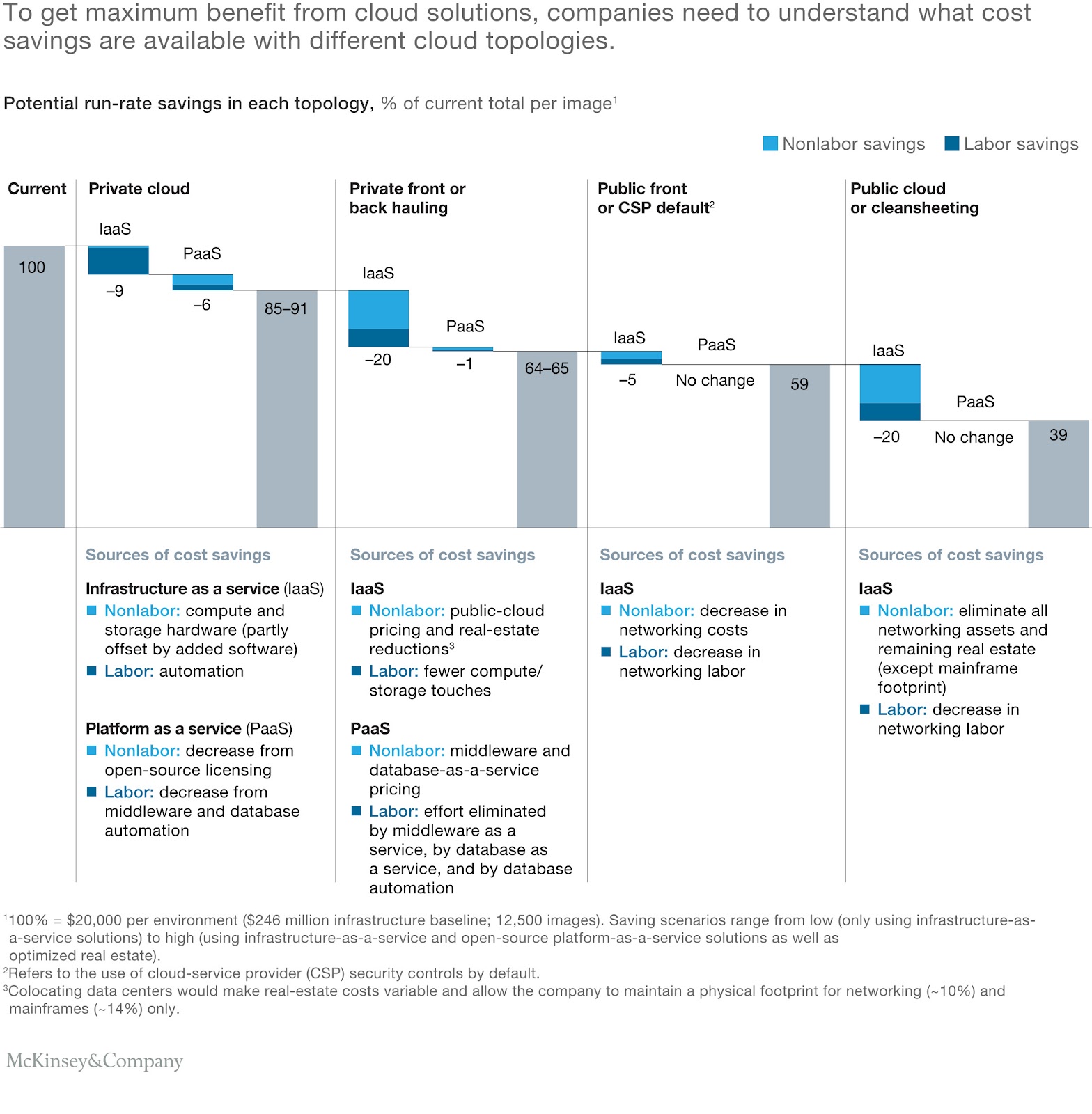
Improved performance
Advanced infrastructure features, including sophisticated databases and data storage solutions with performance optimization, are often offered by cloud service providers.
Utilizing these resources can help organizations increase the efficiency of their applications, enabling faster processing, better data analysis, and shorter response times.
Automated security and compliance
The management and security of cloud environments is a specialty of cloud providers.
To safeguard their infrastructure and client data, cloud providers make significant investments in strong security measures. Organizations are able to take advantage of these security precautions by moving to the cloud.
Simplified and reliable resource management
Migration to the cloud enables businesses to delegate the management of their physical infrastructure to the cloud provider.
The infrastructure administration is handled by the cloud provider, including hardware upkeep, software upgrades, and security patches. This frees up organizations from having to manage complicated IT infrastructure, enabling them to concentrate on their business goals.

Cons of Cloud Data Migration
Misconfiguration
Misconfigurations can lead to security flaws or vulnerabilities, leaving apps and data vulnerable to attackers in the cloud infrastructure. It can have an effect on the dependability and performance of cloud services.
Improper IAM
Improper IAM practices can raise the danger of unauthorized access to confidential information and cloud resources.
Attackers will find it simpler to exploit weaknesses and obtain unauthorized access to digital assets if suitable authentication, permission, and access restrictions are not in place.
Transferring sensitive data first
Personal information, financial information, and intellectual property are examples of sensitive data that are susceptible to higher security and privacy concerns during transmission.
Inadequate security measures can lead to data breaches, unauthorized access, or data leaks. Strong access restrictions, encryption, and data security protocols must be in place.
Connection problems
There is a chance of downtime and connection problems during the process of moving, which might affect user access and company operations. Planning the relocation properly is essential.
Upfront cost
Although moving to the cloud might result in long-term cost benefits, there are upfront costs involved, such as restructuring programs, employee training, and big data transfers.
Things to consider before moving to the cloud
- Set Clear Objectives – By clearly identifying your goals, you can be sure that your migration to the cloud will support the overarching business objectives of your company.
- Develop a Cloud Migration Strategy – A well-planned migration strategy will surely assist minimize risks and maximize cloud computing’s advantages while ensuring a seamless and successful transition.
- Assess Your Current Environment – Before switching to the cloud, it is important to look into your present setup. It improves your understanding of your current infrastructure, programs, data, or restrictions that could affect the way you migrate to the cloud.
- Choose the Right Cloud Model – Organizations must assess their specific demands before choosing the best cloud model. The choice depends upon the particular conditions and goals of the organization.
- Select the Cloud Provider – Take a look at the features and services that different cloud providers provide. The organization must evaluate its specific needs while considering its suitable cloud provider.
- Plan for Data Migration – Sort your data according to its significance and sensitivity. This categorization helps in choosing the right security precautions, access restrictions, and encryption techniques to use during migration.
- Prioritize Workloads – It’s critical to evaluate the level of compatibility and difficulty of your workloads. Before migrating, certain apps and workloads can be integrated with on-premises systems, necessitating careful thought and preparation.
- Train and Educate – Compared to conventional on-premises architecture, cloud computing functions differently. Understanding cloud fundamentals is crucial for IT teams.
Summary
In the current digital world, cloud data migration has turned into a strategic need for businesses looking to make use of cloud computing. Moving to the cloud has several advantages. With on-demand access to resources provided by the cloud, organizations can scale up or down in response to their demands.
Source: From On-Premises to Cloud: The Benefits and Challenges of Cloud Data Migration





